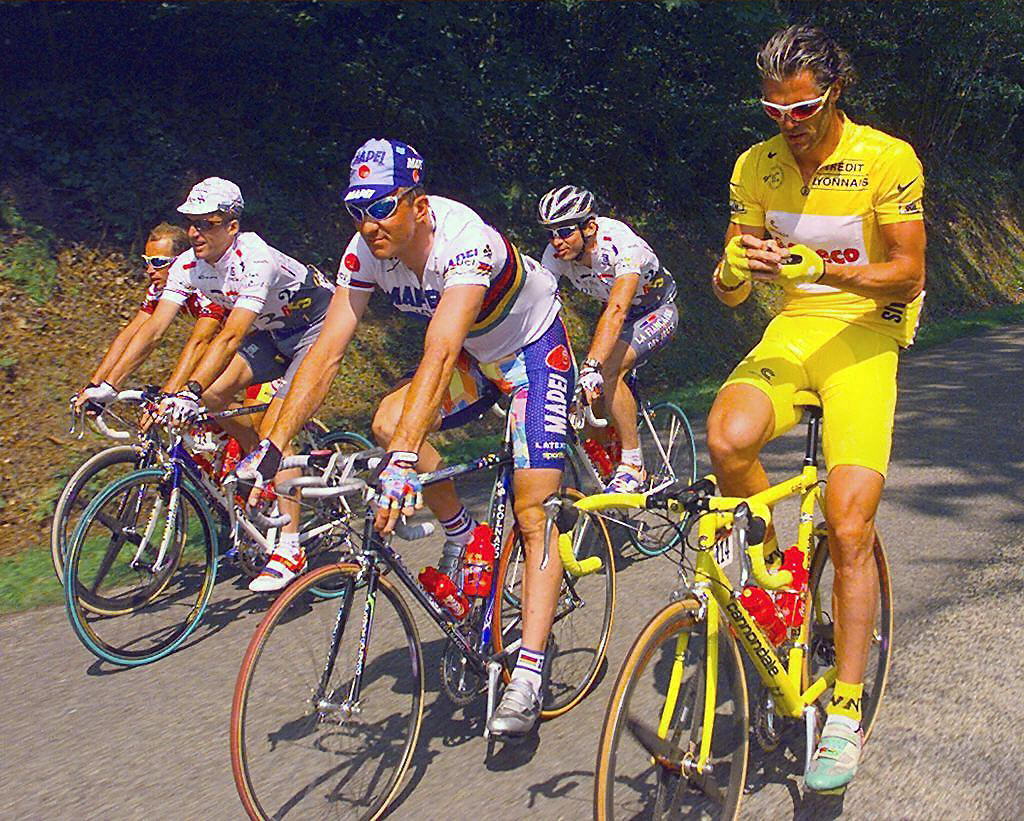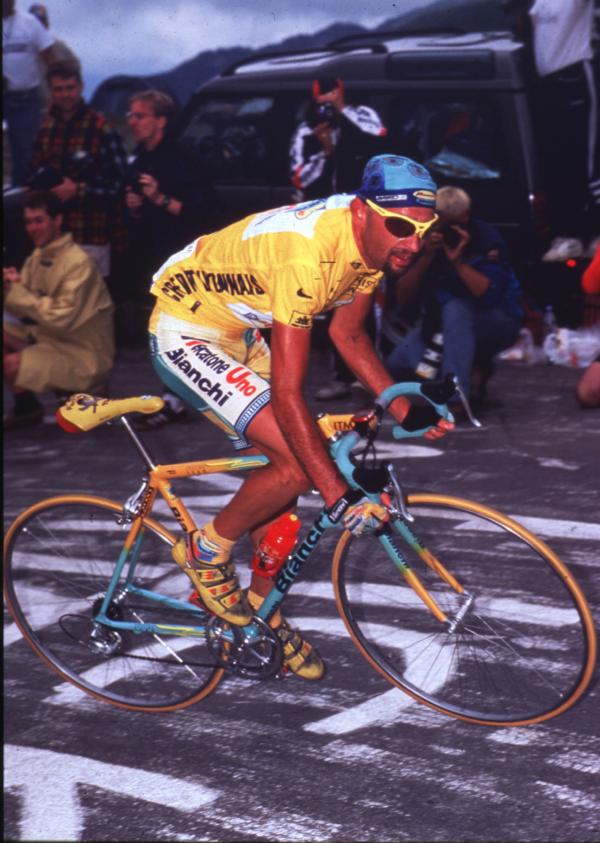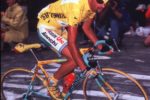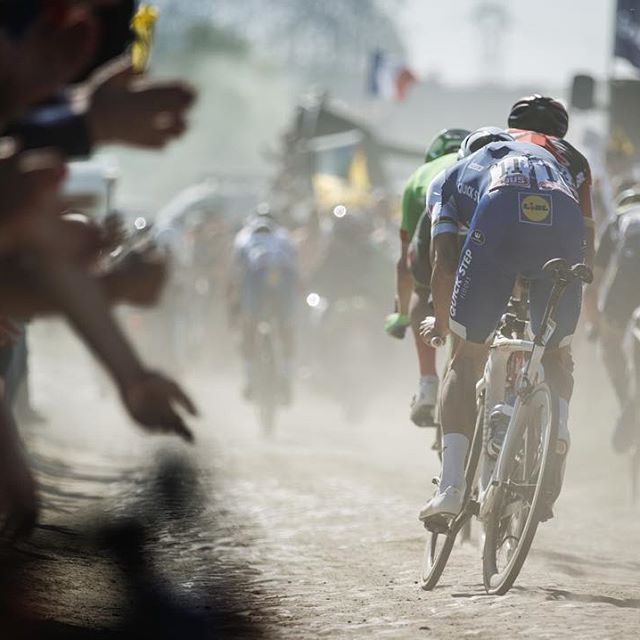The Aesthete’s Choice: Boyaux Naturel
Tradition and innovation are the two opposing edges that cut our evolution through the fabric of our sport. Tradition grounds us, while innovation ensures we advance ever forward. The problem with tradition is that it is comforting and familiar, often shielding us from adopting newer, improved practices and technology. The trouble with innovation is that its freshness can blind us from being able to distinguish non-functional novelties from material improvements. We must learn to distinguish between a reluctance to change and an appreciation for a well-refined way of doing things.
When it comes to the evolution of aesthetics, a clouding factor are the fads that intersperse fashion trends. Trends tend to have a cyclical nature to them as they come in and out of style, each iteration mutated slightly from the previous. Fads, on the other hand, are blips on the continuum that tend not to reappear. Unfortunately we often can’t tell the difference until some time later, when we are left with distressing photographic evidence of our failures to tell the former from the latter. Fluro colors are an example of a trend (whose reemergence we are currently experiencing) while parachute pants are an example of a fad (whose reemergence would presumably signal the coming apocalypse.)
In Cycling, colored tires emerged innocently enough, allowing for riders to playfully match the color of the tire’s tread or sidewall to the color of their frame or kit. Or to nothing at all, depending on the savagery of their personal style. Prior to the mid-nineties, tires could be any color you wanted, so long as the tread was black and the sidewalls tan; they matched every paint scheme imaginable and always Looked Fantastic.
Colored tires introduced a stylistic weapon whose power most riders did not possess the aesthetic nuance to control, like young Luke Skywalker heading off to Bespin to face Darth Vader. Chaos ensued, limbs were lopped off. In the right hands, the colored tire could be wielded like Jackson Pollock wielded an overloaded paintbrush. Marco Pantani’s 1998 Bianchi was an aesthetic masterpiece which has yet to see its equal. But the damage done by misguided overuse left lasting ripples (and in some cases trauma); eventually this unwieldy power was returned to the fiery depths of Mount Velomis.
The lasting effect that we feel to this day is the advent of the black sidewalls; when combined with the modern deep section wheel they makes for a monolithic mass of rim and tire. This is by no means a bad look; when deployed in the right circumstances it has a Spinal Tap Black effect which can be used for intimidation. The natural sidewall, on the other hand, gives a clean delineation between rim and tire, harkening back to the days when tires came in every combination of black tread and tan you could ever want.
Having options gives the illusion of freedom when in fact it is the choice to simplify that truly leads to liberty. Choose natural sidewalls and your bicycle’s simple beauty will emerge gracefully. And always remember: friends don’t let friends ride clinchers.












